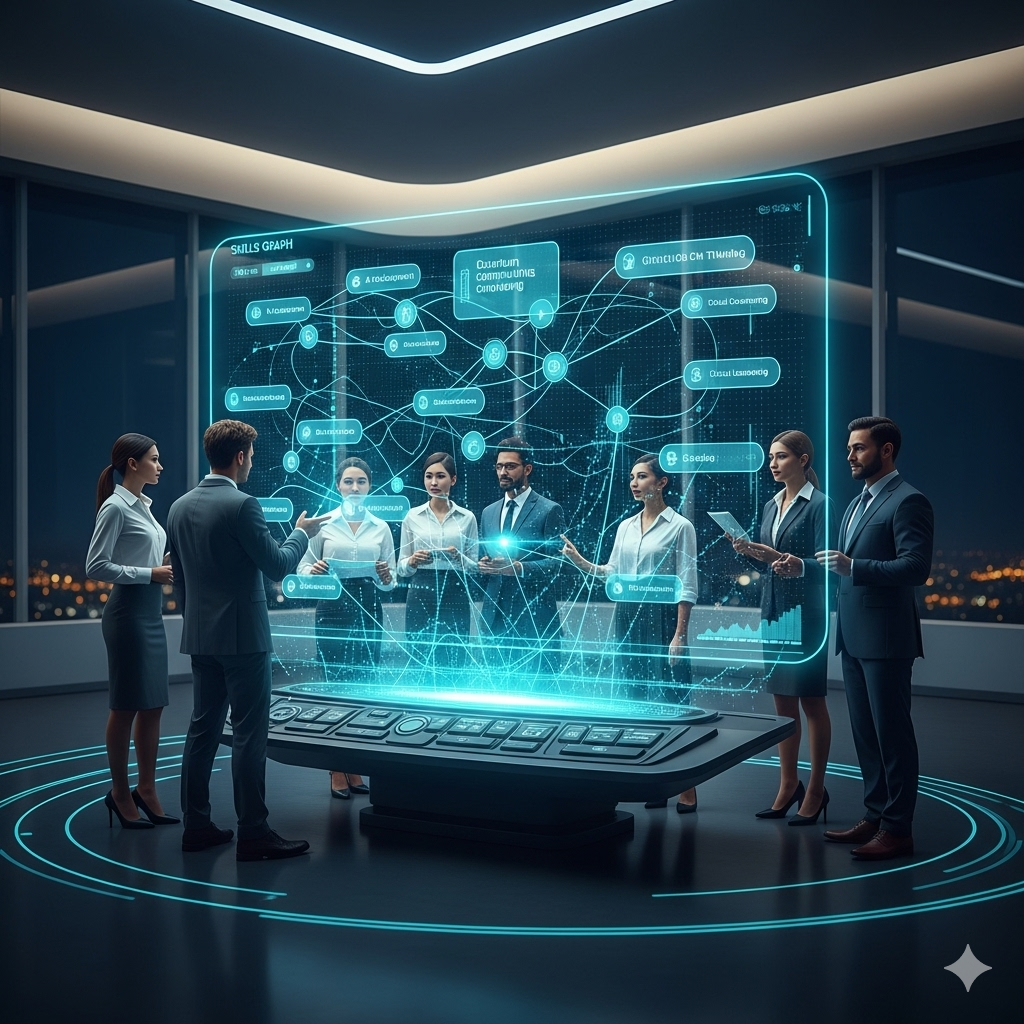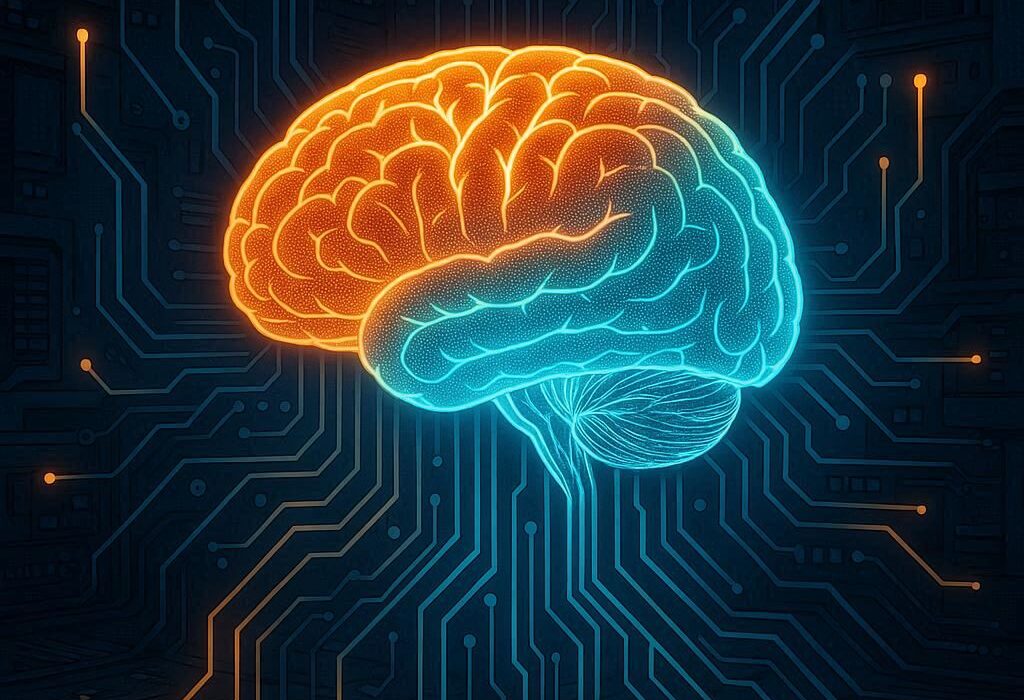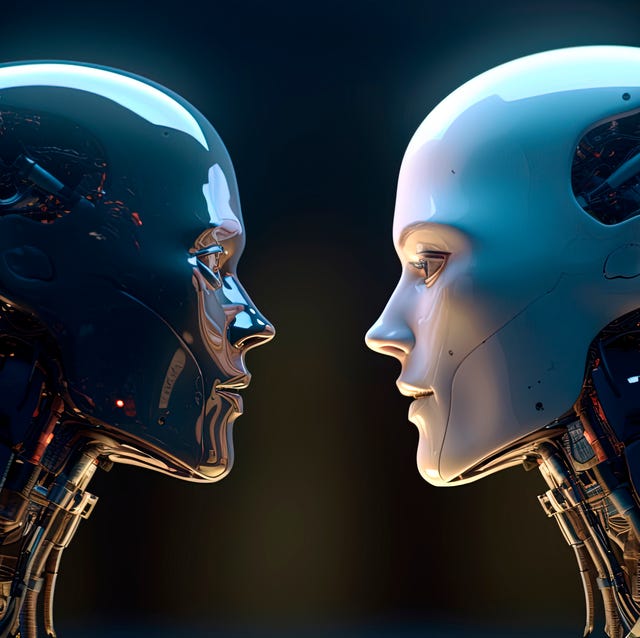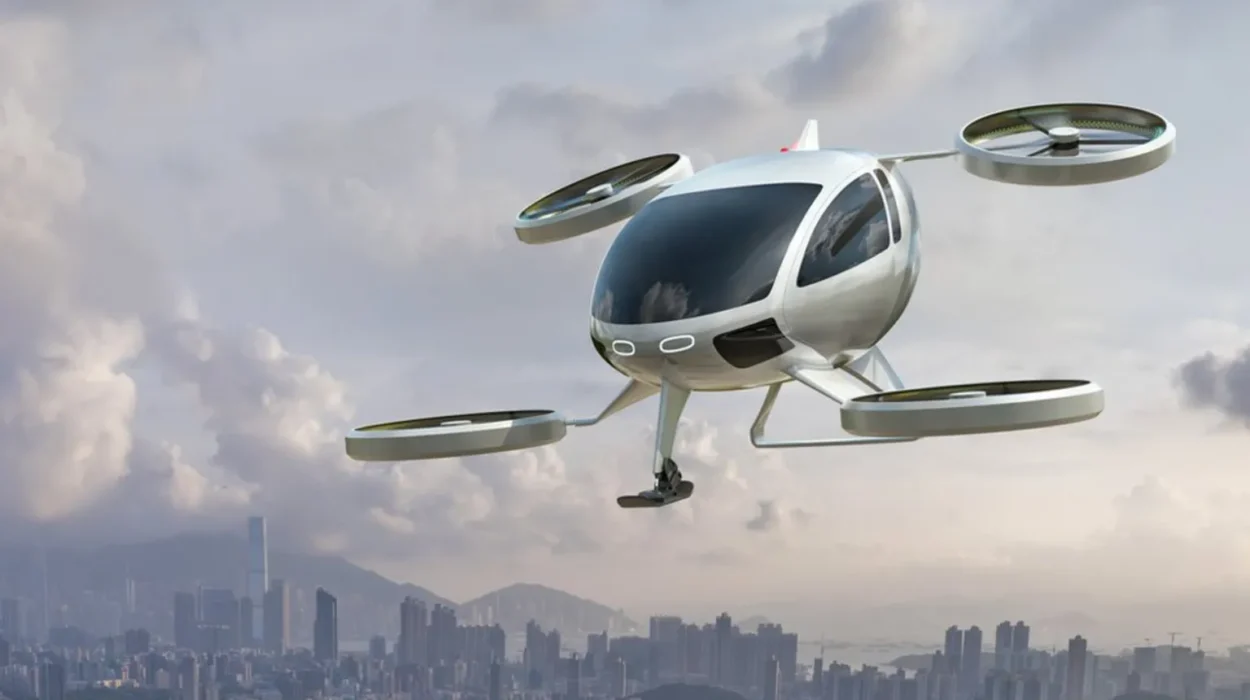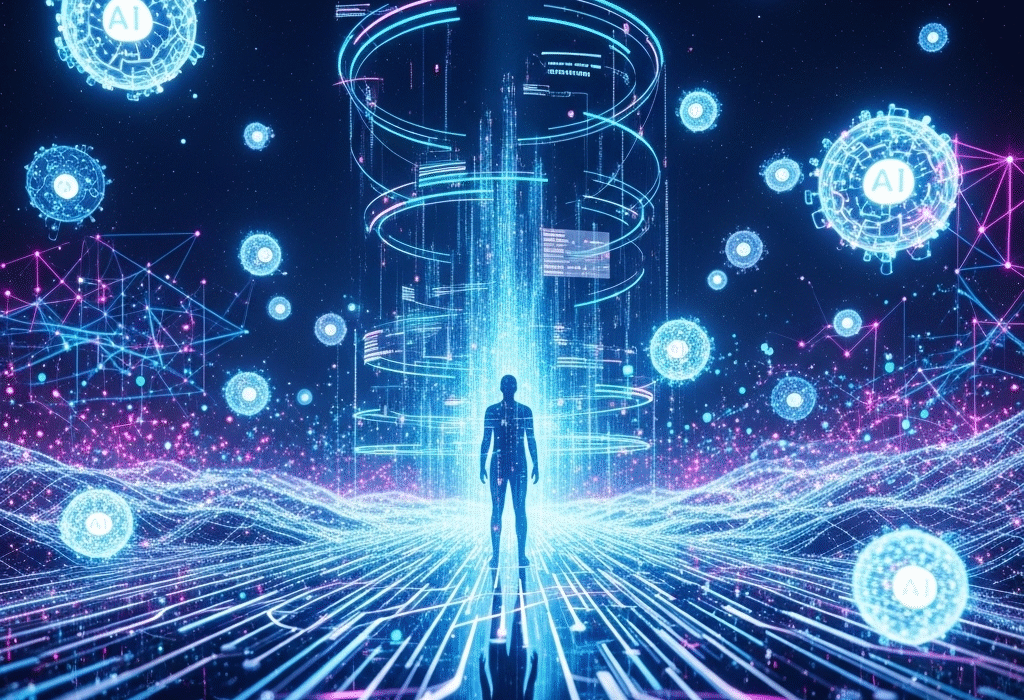In the quiet hum of modern offices and the constant ping of remote collaboration tools, a profound transformation is unfolding in how organizations understand, manage, and nurture people. Human Resources, once seen primarily as a department of compliance, payroll, and hiring logistics, is evolving into the strategic heart of the enterprise. At the center of this transformation are two powerful concepts: skills graphs and talent intelligence. These aren’t just buzzwords or fleeting trends. They represent a new lens through which businesses view their most valuable asset—the human beings who bring energy, ideas, and creativity to work.
The story of the future of HR is, ultimately, the story of human potential. As technology advances and industries evolve at dizzying speeds, the traditional frameworks of job descriptions and résumés can no longer capture the fluidity of what people can do. Instead, organizations are beginning to map human capability in richer, more dynamic ways, creating living ecosystems of skills and insights that empower both companies and individuals to thrive.
The Erosion of the Old Paradigm
For decades, the corporate world has relied on static constructs to manage talent. Jobs were defined by rigid descriptions, and résumés became the universal currency of qualifications. But in practice, these tools often painted incomplete pictures. A job description written five years ago may no longer reflect the realities of today’s work, and a résumé highlights only what an individual chooses to list, often missing hidden strengths, transferable skills, and untapped potential.
This outdated paradigm is cracking under the weight of rapid technological and societal change. Automation, artificial intelligence, and global connectivity are reshaping the very nature of work. Roles emerge and disappear within years, not decades. Skills once considered niche—like data storytelling or AI ethics—suddenly become essential. Workers themselves are no longer tied to single career paths but are constantly reskilling, shifting industries, and redefining their value.
In this environment, HR leaders are realizing that to understand talent, they must move beyond static job titles and toward dynamic maps of skills and capabilities.
The Rise of Skills Graphs
Imagine being able to see, at a glance, not only what your workforce can do today but also what they are capable of learning tomorrow. This is the promise of skills graphs. At their core, skills graphs are data-driven frameworks that map relationships between skills, roles, and learning opportunities. They are not simple lists but interconnected networks that show how one skill links to another, how clusters of expertise form around certain roles, and how gaps can be bridged through training and development.
A skills graph might reveal, for example, that employees with strong backgrounds in data analysis are well-positioned to upskill into machine learning, or that individuals in customer service roles already possess communication and problem-solving abilities that align with leadership pathways. By visualizing talent as a network of potential rather than as fixed points, organizations can unlock agility in workforce planning and career development.
Skills graphs are powered by vast amounts of data—gleaned from résumés, professional networks, learning platforms, and performance metrics. Advanced algorithms can analyze this data to continuously update the graph, reflecting the ever-shifting reality of skills in the labor market. This means that skills graphs are not static structures but living, breathing maps of human capability.
The Emergence of Talent Intelligence
If skills graphs are the raw maps, talent intelligence is the compass that helps organizations navigate them. Talent intelligence refers to the practice of gathering, analyzing, and applying data about people to make informed decisions about recruitment, development, retention, and workforce strategy. It integrates skills data with other insights—from employee engagement surveys to labor market trends—to provide a holistic view of talent.
In practical terms, talent intelligence enables organizations to answer pressing questions with unprecedented clarity:
- What skills do we currently have, and where are the gaps?
- How will emerging technologies reshape the roles within our industry?
- Which employees are at risk of disengagement or turnover, and how can we support them?
- Where should we invest in training to future-proof our workforce?
Talent intelligence goes beyond describing the present; it predicts the future. By analyzing patterns and trends, it can forecast which skills will rise in demand, where talent shortages may occur, and how best to align human capability with organizational goals. In this way, it shifts HR from a reactive function to a strategic partner in shaping the future of the business.
Human Potential Meets Artificial Intelligence
At the intersection of skills graphs and talent intelligence lies artificial intelligence, the engine that makes these systems both powerful and practical. Machine learning algorithms can sift through massive datasets to identify hidden correlations between skills, detect emerging capabilities, and even personalize career development recommendations for individual employees.
For example, an AI-powered platform might analyze an employee’s work history, completed courses, and performance data, then suggest a learning path that positions them for a future role in cybersecurity or product management. It can also flag skills adjacencies—showing how a background in project management could translate into expertise in change management, or how design thinking skills could evolve into product innovation leadership.
AI also enables organizations to break free from biases that often cloud human judgment. Traditional hiring processes can be swayed by prestige markers like elite universities or high-profile companies. Skills-based approaches, enhanced by AI, focus on what people can actually do and learn, making opportunities more accessible and inclusive.
From Jobs to Skills: A Paradigm Shift
One of the most profound changes brought by skills graphs and talent intelligence is the shift from thinking in terms of jobs to thinking in terms of skills. Jobs are bundles of tasks and responsibilities, but they are not permanent. Skills, on the other hand, are the building blocks of work itself, transferable across roles, industries, and even technologies.
This shift has enormous implications. Instead of asking, “Who can fill this job?” organizations can ask, “Which skills do we need, and how can we assemble them?” Teams can be built dynamically, with individuals contributing different skill sets to solve problems in agile and creative ways. Career development becomes less about climbing a linear ladder and more about weaving a unique tapestry of skills that opens multiple pathways.
For employees, this approach is liberating. It acknowledges the full spectrum of their capabilities, including those not formally recognized by traditional systems. It empowers them to shape their own growth, pursuing skills that align with both personal passions and organizational needs.
Building Resilience Through Talent Intelligence
The COVID-19 pandemic demonstrated how fragile traditional workforce planning can be. Entire industries were disrupted, and millions of workers had to pivot to new roles, often overnight. In this context, organizations that had invested in talent intelligence were better equipped to respond. They could quickly identify transferable skills, redeploy talent, and support employees in reskilling for new realities.
In a world where disruption is the new normal—whether from pandemics, technological leaps, or shifting market demands—resilience is not optional. Talent intelligence provides the foresight and flexibility needed to weather uncertainty. By continuously monitoring the skills landscape, organizations can adapt faster, turning potential crises into opportunities for reinvention.
The Ethical Imperative
As with any technology that touches human lives, the rise of skills graphs and talent intelligence brings ethical challenges. Data about people is deeply personal, and its misuse can cause harm. Employees may fear that being reduced to data points dehumanizes their work or that algorithms will make opaque decisions about their careers.
This makes transparency, fairness, and trust essential. Organizations must be clear about how talent data is collected, used, and protected. They must ensure that algorithms are designed to minimize bias, not amplify it. Most importantly, they must remember that behind every skill is a person with aspirations, vulnerabilities, and dignity.
The future of HR cannot be merely about efficiency. It must also be about humanity. Talent intelligence should be a tool for empowerment, not surveillance—a way to help people flourish, not a mechanism to control them.
Empowering Employees Through Skills Graphs
When implemented with care, skills graphs can profoundly empower individuals. Imagine an employee logging into a platform that shows not only the skills they already have but also the ones they are close to mastering. The platform highlights learning opportunities, mentorship connections, and potential career paths that align with their goals.
Instead of waiting for managers to dictate opportunities, employees can take charge of their own development. This democratization of career growth fosters engagement, motivation, and loyalty. It transforms the employer-employee relationship into a partnership, where both sides invest in each other’s success.
Global Implications of Talent Intelligence
The implications of this transformation extend beyond individual companies. On a global scale, skills graphs and talent intelligence could reshape entire economies. Governments could use aggregated skills data to identify national strengths and weaknesses, guiding investments in education and training. Labor markets could become more transparent, with workers more easily matching their skills to opportunities across borders.
This has the potential to reduce skills mismatches, where jobs go unfilled while workers remain unemployed. It could also foster more equitable access to opportunities, as skills-based assessments level the playing field for those without traditional credentials. In a world increasingly defined by mobility and globalization, talent intelligence could become a cornerstone of inclusive growth.
The Human Element in a Digital Future
Yet for all its technological sophistication, the future of HR will remain deeply human. Skills graphs and talent intelligence are tools, but their true value lies in how they are used. At the heart of every data point is a person: a parent balancing work and family, a graduate seeking purpose, a seasoned professional yearning for reinvention.
The role of HR, then, is not simply to manage data but to cultivate environments where people can thrive. It is to listen, to empathize, to coach, and to create cultures of belonging. Technology can illuminate possibilities, but it is human connection that transforms those possibilities into reality.
A Glimpse into the Future
What might the workplace of the future look like with skills graphs and talent intelligence fully integrated? Picture organizations where traditional hierarchies are less rigid, and teams form fluidly around projects. Picture careers that are no longer ladders but lattices, where people move horizontally, diagonally, and vertically through skill-based opportunities. Picture learning as a lifelong, personalized journey, supported by AI but guided by human ambition.
In this future, the boundaries between roles blur, but the individuality of each worker shines brighter. Employers become curators of opportunity, and employees become architects of their own potential. The workplace becomes not just a site of labor but a laboratory of growth.
Conclusion: The Promise of Human-Centered Intelligence
The future of HR is not about replacing humans with algorithms but about using intelligence—both artificial and human—to unlock the full spectrum of human capability. Skills graphs provide the maps, talent intelligence provides the compass, and together they chart a path toward a more agile, resilient, and human-centered world of work.
This future asks us to see people not as job titles or static résumés but as dynamic constellations of skills, experiences, and aspirations. It challenges us to create systems that honor both data and dignity, efficiency and empathy. And it invites us to imagine a workplace where every individual is empowered to grow, contribute, and belong.
The sky of human potential is vast, and with skills graphs and talent intelligence, HR is learning to navigate it. The journey has only just begun, and its destination is nothing less than the reinvention of how we understand work, talent, and ourselves.
